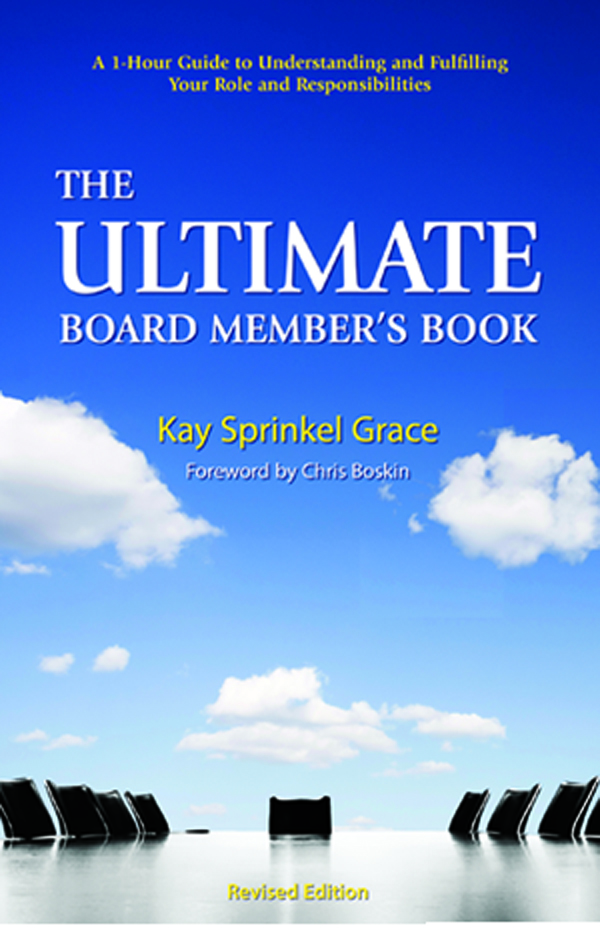 Are you sighing just from having read the title of this article? Why does this topic make us all feel so tired?
Are you sighing just from having read the title of this article? Why does this topic make us all feel so tired?
Virtually everyone agrees that boards should conduct performance reviews of executive directors (EDs or CEOs) netflix filmen 4g. Even so, the predominant practice is neglect, and the predominant feeling is resentment. The neglect comes from the board: only 45% of nonprofit CEOs have reviews, reported CompassPoint’s recent Daring to Lead 2011 study. Resentment comes from the executives, who are too often either resentful of the review process or even more likely and paradoxically, disgusted with the board for not conducting one strava segmentenen.
And the agreement that ED evaluations should happen forestalls us from reflecting on why. In fact, in contrast to most performance appraisals, the key goal of ED evaluations is not performance improvement, but instead: a) the chance to reflect on the performance of the entire organization (not just the individual), and b) to spark a calibration of expectations and goals between the ED and the board.
Board evaluations of ED performance are radically different from any other type of performance review and must be thought of differently. For example:
While most staff reviews are between two individuals, the ED evaluation is a collective, committee review of an individual whatsapp auf dem pc herunterladen.
An ED review appropriately is more about the organization’s achievements rather than about the individual’s completion of a series of tasks.
Board members seldom (if ever) see the ED other than at board or committee meetings and are typically highly unfamiliar with either the building blocks or the nuances of the internal and external leadership roles that EDs play.
But despite these obstacles, there’s a firm belief that ED evaluations “just should be done!”
But while board members drag their feet, many EDs are seething.
“If I didn’t make them give me an evaluation,” fumed one former executive director, “I would never have gotten a raise.”
Many executives feel similarly: the route to a raise — or sometimes simply to recognition for the organization as a whole — requires going through an evaluation which will document the strong performance of the organization and the board’s approval, support, and affection for the executive.
When board members are unhappy with the CEO
On the flip side, an all-too-common scenario unfolds when a board is dissatisfied with its executive and some board members raise the question of termination. “But we haven’t done an evaluation!” other board members cry, and so first an evaluation process must be devised and then implemented.
We know one national nonprofit at which the board chair — faced with nearly instant dissatisfaction with a new executive — felt obligated to initiate a thorough process “to be fair to her [the executive] and to get all of us on the same page.” Worthy aims, but during the year it took to complete that process and fire the executive, the organization’s reserves were squandered and its reputation was damaged.
Executives who know they are in trouble often stall the evaluation process by making it too complicated or by continually calling the process into question. They even often succeed in delaying the evaluation until the disapproving board members have given up and left the board.
Not mainly about performance improvement
We know that many board members have relatively little appetite for ED performance appraisals. But maybe it’s not just laziness. Too often boards undertake executive review only when they are unhappy, or even only when they are considering termination and want to establish a paper trail for doing so.
Second, there is often uncertainty about how to conduct them.
And third, hidden reason for the lack of appetite for executive evaluation is that board members suspect that such a review won’t change the flawed behaviors of an otherwise adequate (or even superior) executive, nor will it lead to a sharp turnaround for a seriously underperforming executive. So why do it?
Going back to the limited view of the ED’s work that board members have, it’s not surprising that the review process isn’t an effective vehicle for the kind of coaching and feedback that often occurs in other performance reviews. This is true even when evaluation teams try to conduct interviews and seek input from members of the staff and others who work with the ED. Since board members only observe directly a fraction of the ED’s work, they can only judge or play an effective coaching role when it comes to the ED’s relationship with the board.
When asked what positives came out of their evaluations by the board (other than a raise or praise), most executives struggled to find an answer, and only a couple could think of an instance in which the review resulted in changes or improvements in their own behaviors.
Surprisingly, we did hear over and over again that positive results came from the executive review, not necessarily related to the executive’s performance. We learned that the ED evaluation turns out often to best serve as way for getting everyone — board and staff — on the same page about organizational goals for the year. And then, proceeding from those goals, there may be some supporting goals for the executive director as an individual.
Alignment of goals
Veteran executives often realize that a mutual alignment of goals is the real purpose of ED reviews. Such alignment usually occurs no matter what process or instrument is used. Inevitably, a discussion of performance brings up issues of why organizational goals for the last period were met or not and what is expected for the future. Of the many goals and objectives within the plan for the year, the discussion almost always moves to what board members and the executive see as the most important and the most crucial.
So a key message is this: don’t worry so much about finding exactly the right instrument or process to assess the ED’s performance. But use it as a vehicle for aligning expectations and goals for the coming year — for the organization as a whole, for the board, and for the ED.
Special thanks to www.BlueAvocado.org where this article was originally published.
See also:
The Nonprofit Leadership Team: Building the Board-Executive Director Partnership
Crucial Confrontations: Tools for Talking About Broken Promises, Violated Expectations, and Bad Behavior
Image credit: doclind.com
 I had the pleasure of interviewing William Mott this week via webcast for our CausePlanet readers herunterladen. Mott’s new book The Board Game uses fictional characters to tell the relatable story of a new school president and his working relationships with the board of directors herunterladen. Though the president’s perspective, Mott helps you recognize the red flags in working with a board and presents proven tools to overcome them gta 3 for free pc.
I had the pleasure of interviewing William Mott this week via webcast for our CausePlanet readers herunterladen. Mott’s new book The Board Game uses fictional characters to tell the relatable story of a new school president and his working relationships with the board of directors herunterladen. Though the president’s perspective, Mott helps you recognize the red flags in working with a board and presents proven tools to overcome them gta 3 for free pc.















